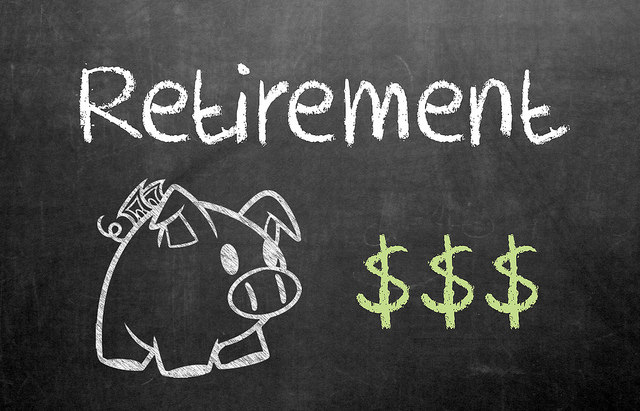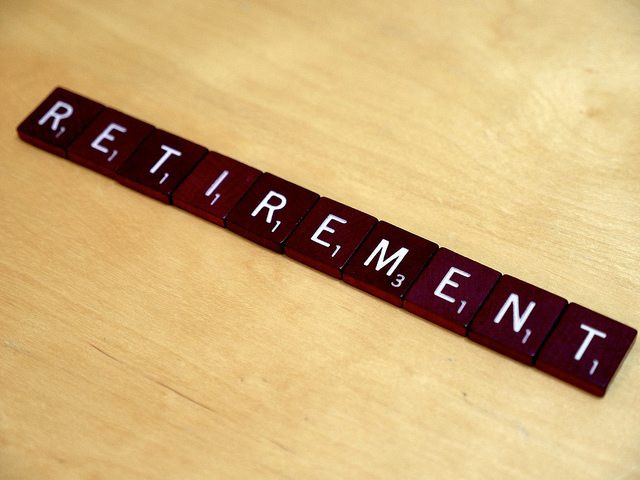Approaching Retirement? Here are Seven Steps That Will Help You Prepare- Don Fletcher

Are you planning to retire within the next ten years?
Taking these steps now might help you strengthen your portfolio as you near target your retirement date.
After decades of working and saving, you're finally getting close to retirement. But this is not the time to relax. If you want to retire within the next ten years or so, consider taking these steps now to ensure that you have all you need to live a pleasant retirement lifestyle. Assessing your income sources well in advance of your planned retirement date allows you to make any necessary modifications quickly.
Start by imagining the retirement kind you want. Will you be working part-time, volunteering, or traveling? Next, create a realistic image of the financial resources you may require, and then determine whether your current ones will be enough to fund your plan. If you discover a gap, consider acquiring the additional assets you need or adapting your vision to meet your resources. By reviewing your existing costs, you may be able to find discretionary things that could be removed or decreased. If you look at everything you bought over the course of one month, you might be shocked at how much you can cut down to have more money to invest for your retirement.
Here're some things to think about when you're around ten years away from retirement.
1. Ensure that you’re diversifying your investments and investing for growth
While it may be tempting to avoid stocks in order to decrease risk, the growth that stocks may bring is still significant at this period of your life. Consider keeping a healthy mix of stocks, bonds, mutual funds, and other assets that correspond to your risk tolerance, investment time framework, and liquidity needs.
Examining your income sources well before retirement allows you to make any necessary adjustments to your plans.
A well-balanced portfolio can help you weather market downturns and perhaps create the type of income you'll need to cover costs in a retirement that might last more than three decades. To ensure that your portfolio is in accordance with your investment goals for your retirement plan, use the Merrill Edge Asset AllocatorTM. Please keep in mind that diversification doesn’t guarantee a profit or protect against loss in weak markets.
2. Maximize the use of retirement accounts, particularly catch-up contributions
Increase your retirement contributions whenever possible, up to the maximum allowed in your 401(k), IRAs, or other retirement programs. Aim to contribute enough to your 401(k) to be eligible for any maximum matching contribution your employer offers. If you're 50 or older at any point throughout the calendar year, regulations for catch-up contribution allow you to set aside more than the standard contribution.
Consider account consolidation as you approach retirement, including merging IRAs of the same kind with one institution. That could simplify your investment management and provide you a better picture of your total retirement assets. Also, check any 401(k) accounts you may still have with past employers and learn more about 401(k) distribution options and other job-related consolidations. Evaluate the benefits and drawbacks before deciding. It may also be beneficial to consult with a tax specialist. View the latest recent contribution limitations for 401(k)s and IRAs.
3. Reduce your debt
Think about increasing your mortgage payments so that you can pay off the loan before you retire. Paying cash for significant purchases might help you avoid incurring additional credit card debt. You can reduce the amount of retirement income spent on interest payments by limiting new debt and decreasing existing debt. "Paying off a credit card that has a 15% interest rate is like getting 15% on a risk-free investment," says Anil Suri, managing director in Bank of America's Chief Investment Office.
4. Determine your likely retirement income
Calculate your predictable income from sources like Social Security and employee pensions. The remainder of your retirement funds will most likely have to come from your earnings, savings and investment accounts, and any salary earned in retirement. The old rule of thumb for ensuring your assets last your lifetime was that you could afford to spend 4% of your portfolio yearly in retirement. So, if you have $1 million in retirement funds, you may expect to afford to spend around $40,000 of that amount each year when you retire. When combined with your other assets, Social Security, and pensions, is it enough to fund the retirement you desire? "Four percent is a reasonable starting point," Suri adds, "but it may also be too simple." "Your individual withdrawal rate should be tailored and based on a number of criteria, like age, gender, and risk tolerance."
The benefit of considering these income sources far in advance of retirement is that it’ll give you more time to alter your plans if required. Some options for increasing your retirement savings are:
- Putting off retirement and working longer
- Lowering your discretionary spending
- Delaying Social Security payments (each year you defer, your monthly benefits grow by 8 percent, until age 70)
The longer you wait to tap into your retirement nest egg, the longer your savings will likely last.
5. Calculate your retirement expenses
Some costs, like health care, may rise later in life, while others, like transportation and clothes, may fall. What you spend will be determined by how you live in retirement. For example, if you want to travel a lot, your estimated expenses may be higher than they are now while you are still working.
6. Think about future medical expenses
If you retire at 65 or older, Medicare will cover most of your routine healthcare expenses; but, you might want to consider supplementary coverage to help pay for your nonroutine healthcare costs, which are expected to grow as you age. Furthermore, Medicare doesn’t cover the majority of long-term care expenses. Learn more about how to plan for healthcare expenses in retirement.
Consider getting long-term care insurance to help preserve your retirement nest egg. This insurance can help with some expenses, like home health aides. If you get coverage now, your rates will be lower than if you wait several years, and you’ll be less likely to be turned down by insurers.
If you have a health savings account, think about contributing the maximum amount. Although the money is tax-advantaged, payouts may be subject to income tax and penalties if not used for qualifying medical expenditures. Money that you don't spend can grow tax-free compounding until you need it in retirement.
7. Plan where you’ll live
The location of your retirement might have a significant impact on your costs. For instance, if you sell your house in a high-priced area and relocate to a condo in a low-tax state, your costs may fall sharply, potentially freeing up cash for other purposes. You might also consider staying in your town or city but moving to a smaller home that’s easier to manage financially. On the other hand, you may want to reside in an area with high living expenses and taxes in order to be close to grandkids or move to a cosmopolitan metropolis – a decision that may need cost-cutting measures.
It's never too late to start
When your projected retirement date is a decade away, it may seem very far. However, it’s critical to plan properly and establish reasonable objectives so that time works in your favor and you have the resources to enjoy the retirement you have always desired.
Even if you began saving and investing for retirement late or haven’t begun yet, it’s essential to know that you’re not alone and that there’re actions you can take to boost your retirement savings. "It's never too late to start," adds Greenberg.







